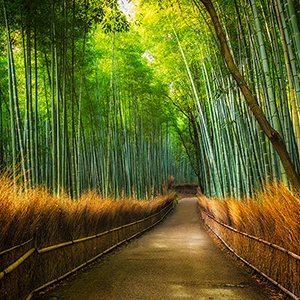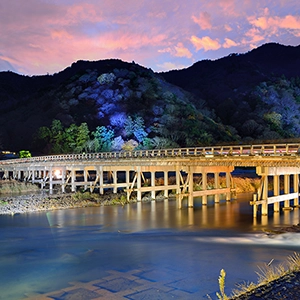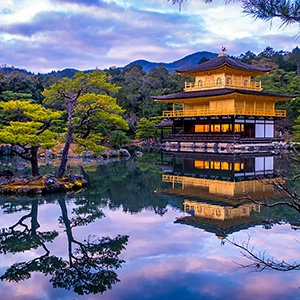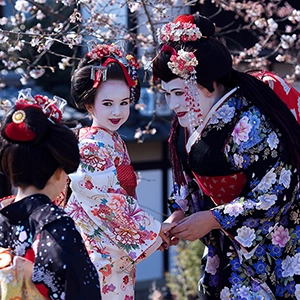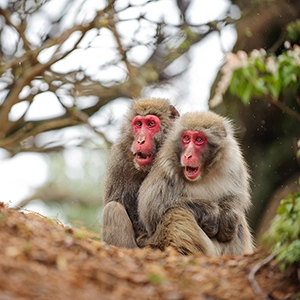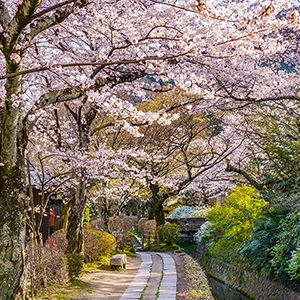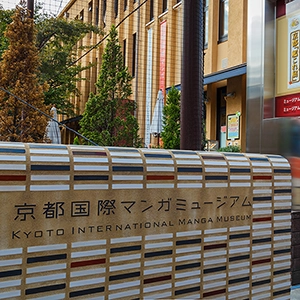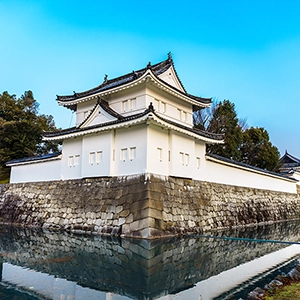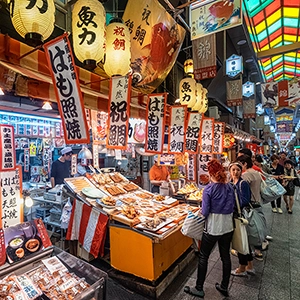Experience The Wonder Of The Fushimi Inari Shrine
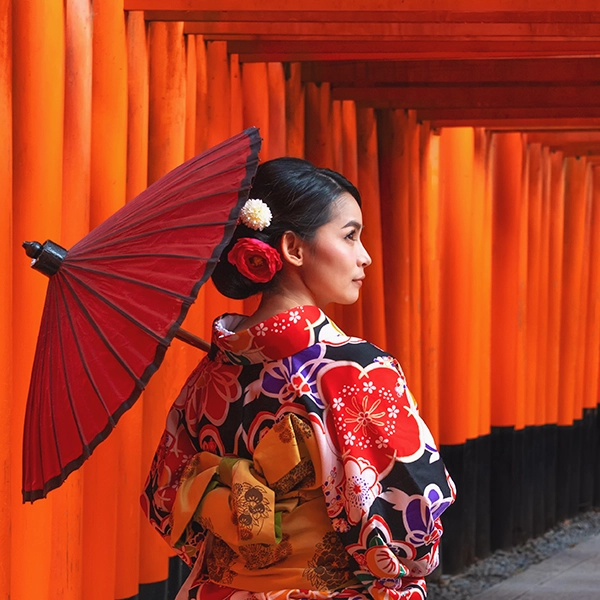
Fushimi Inari Shrine, also known as Fushimi Inari Taisha, is a renowned Shinto shrine located in Kyoto, Japan. Dedicated to Inari, the Shinto deity of rice, agriculture, and prosperity, the shrine is famous for its thousands of vermilion torii gates, which create a visually striking and iconic path through the surrounding forests. Explore the history, features, and significance of the Fushimi Inari Shrine, along with practical information for planning your trip to this remarkable site.
The History of Fushimi Inari Shrine
The origins of Fushimi Inari Shrine can be traced back to the early 8th century when it was founded by the Hata clan, influential immigrants from the Korean peninsula who had strong ties to the imperial court. The shrine was established on Inariyama Hill in the Fushimi Ward of Kyoto, an area chosen for its auspicious location and natural beauty.
Over the centuries, the shrine's importance grew as it became a symbol of prosperity and success, attracting the patronage of emperors, nobles, and commoners alike. The shrine was particularly popular among merchants and tradespeople, who sought the blessings of Inari for their businesses. As a result, the shrine's grounds expanded over time, eventually encompassing the entire mountainside and becoming one of the most important Shinto sites in Japan.
The Iconic Torii Gates of Fushimi Inari Shrine
The most famous feature of Fushimi Inari Shrine is undoubtedly its thousands of vermilion torii gates, which form a striking and mesmerizing network of pathways throughout the shrine's grounds. Each torii gate is a donation from individuals, families, or businesses seeking blessings and good fortune from Inari. The gates are inscribed with the names of the donors and the date of the donation, making each gate a unique testament to the shrine's enduring significance.
The torii gates vary in size and age, with some dating back hundreds of years. Walking through the seemingly endless tunnels of torii gates is a surreal and unforgettable experience, as the vibrant red gates contrast beautifully with the surrounding greenery, creating a vivid and dreamlike atmosphere.
Exploring the Fushimi Inari Shrine Grounds
The Fushimi Inari Shrine grounds encompass a vast area that includes several smaller shrines, stone monuments, and statues of foxes, which are considered the messengers of Inari. The main entrance to the shrine is marked by the Romon Gate, a two-story gate built in 1589 and donated by the famous warlord Toyotomi Hideyoshi. Beyond the Romon Gate lies the main hall, where visitors can pay their respects and make offerings to Inari.
The shrine's grounds also feature several hiking trails that lead visitors through the torii gate pathways and up the mountainside to the summit of Mount Inari. The hike to the summit takes approximately 2-3 hours and offers stunning views of Kyoto and the surrounding landscape. Along the way, visitors will encounter numerous smaller shrines, teahouses, and rest stops, providing an opportunity to pause and reflect on the beauty and serenity of the environment.
When to Visit Fushimi Inari Shrine
Fushimi Inari Shrine is open year-round and can be visited at any time of day. However, there are specific times when the shrine is particularly captivating. Early morning visits, for instance, offer a peaceful and tranquil experience, as the crowds are generally smaller, allowing visitors to fully appreciate the beauty and serenity of the shrine. Evening visits, on the other hand, offer a unique atmosphere, as the torii gates and pathways are illuminated, casting a magical glow over the shrine's grounds.
Visiting Fushimi Inari Shrine during traditional Japanese festivals, such as Hatsumode (the first shrine visit of the New Year), or during seasonal events like cherry blossom season in spring or autumn foliage, adds a layer of cultural significance and visual splendor to the experience. However, keep in mind that these periods tend to be more crowded, with many visitors flocking to the shrine to partake in the festivities and enjoy the seasonal beauty.
Getting to Fushimi Inari Shrine
Fushimi Inari Shrine is easily accessible from central Kyoto and can be reached by train, bus, or taxi. The most convenient option is to take the JR Nara Line from Kyoto Station, which stops at Inari Station, just a short walk from the shrine's entrance. Alternatively, you can take the Keihan Main Line to Fushimi-Inari Station, which is also within walking distance of the shrine.
For those who prefer to travel by bus, several Kyoto City Bus routes stop near Fushimi Inari Shrine. However, buses tend to be slower and more crowded than trains, so it's essential to plan your journey accordingly. Taxis are also available for those who prefer a more direct and comfortable mode of transportation.
Practical Information for Visitors
There is no admission fee for Fushimi Inari Shrine, making it an accessible and affordable destination for visitors of all budgets. While the shrine itself is open 24 hours a day, the various shops and facilities on the grounds, such as the information center and restrooms, have specific operating hours, typically between 9:00 AM and 5:00 PM.
Visitors are encouraged to dress modestly, as Fushimi Inari Shrine is a religious site and requires a certain level of respect for the customs and traditions of the Shinto faith. Comfortable footwear is also recommended, as the shrine's grounds are expansive and the hike to the summit of Mount Inari can be quite strenuous.
Nearby Attractions and Activities
While Fushimi Inari Shrine is a major attraction in its own right, there are numerous other sights and experiences to enjoy in the surrounding area. The historic district of Gion, known for its traditional teahouses and geisha culture, is a short train ride away and offers a glimpse into the rich history of Kyoto. Additionally, other notable attractions in the vicinity include the Kiyomizu-dera Temple, Tofuku-ji Temple, and Sanjusangen-do Temple, all of which provide further opportunities to explore the cultural and historical treasures of Kyoto.
An Experience To Last A Lifetime
Fushimi Inari Shrine is an enchanting and iconic destination that offers visitors a unique and memorable experience amidst its thousands of vermilion torii gates and lush, mountainous surroundings. With its rich history, spiritual significance, and captivating beauty, it is no wonder that this remarkable site continues to draw visitors from around the world. Whether you choose to explore the shrine in the quiet of the early morning, the enchanting glow of the evening, or during the vibrant festivities of a traditional Japanese festival, a visit to Fushimi Inari Shrine promises an unforgettable experience that will leave a lasting impression.

